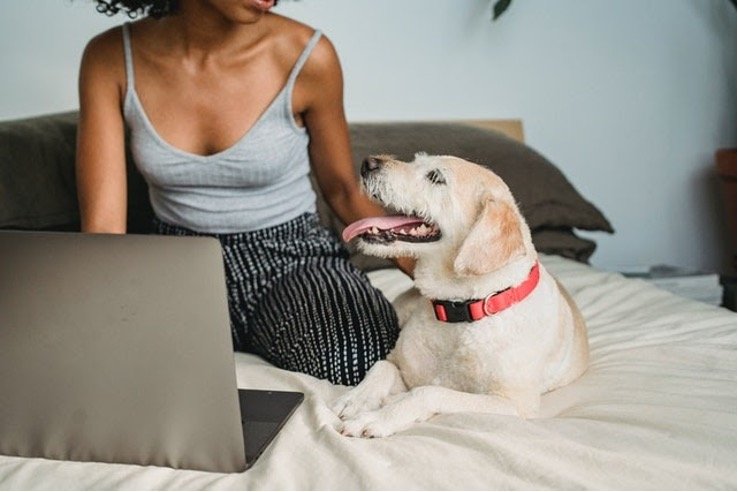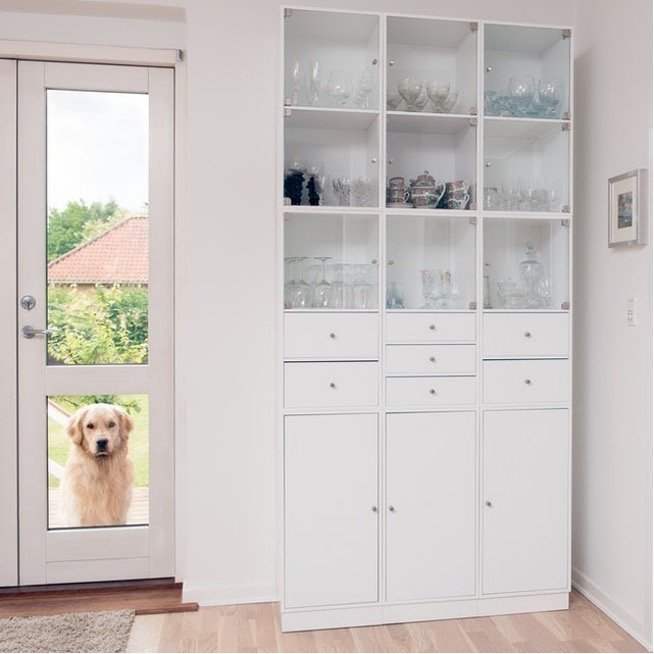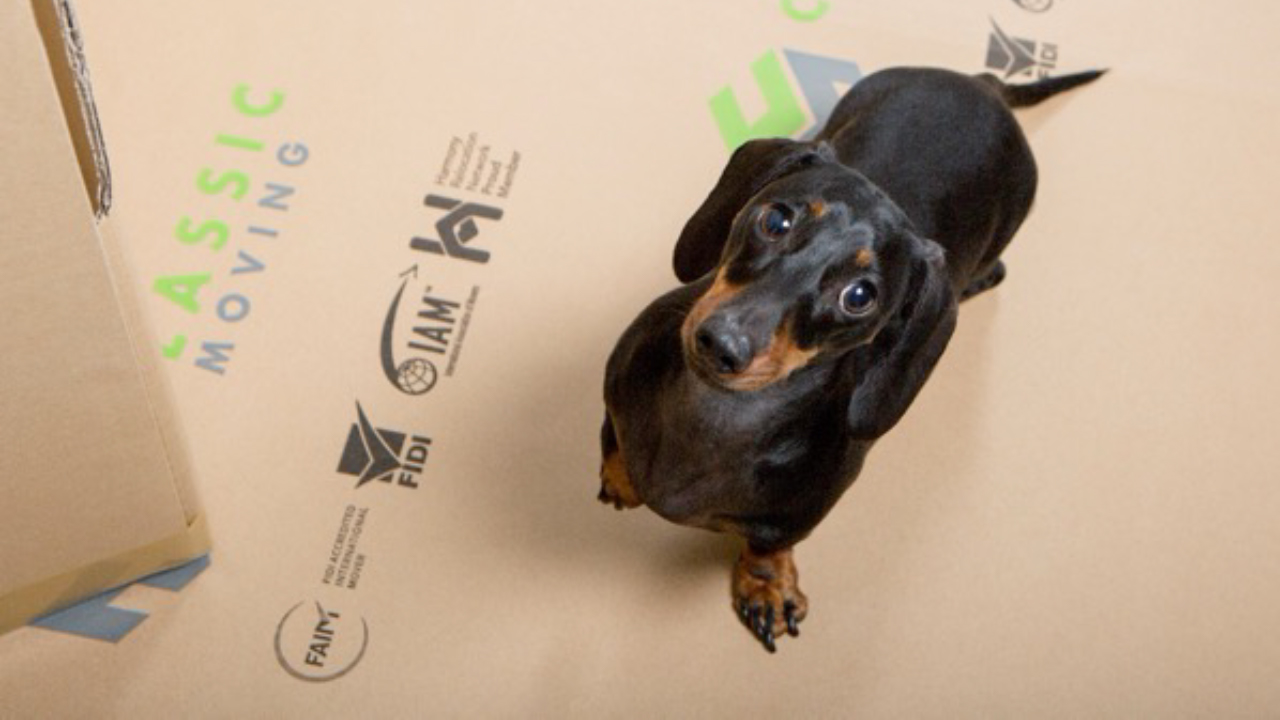So, you are planning to move to a new home with your pet. Unfortunately, relocations can be complex for everyone in the household – pets included. However, there are ways you can help your pet adjust to a new home quickly.
Relocation to a new home is a time of sweeping change in your family’s daily routine. You and your family members are probably feeling stressed, pressure, and excitement all at the same time. With that said, your feelings might influence your pet’s behavior. Your dog or cat might become frustrated or anxious as it struggles to adapt to the completely new environment.
Your furry friend’s anxiety or confusion is probably a reaction to the hustle and bustle of the pre-relocation preparations as well – packing, labeling, decluttering, and the like. Because of this, we will talk about a few helpful strategies to appease your pet in this situation and ways in which you can successfully execute a pet relocation.
How can I help my pet adjust to a new home?
If your pet is unusually timid, easily provoked, or following you around, this is usually a sure-fire sign they are stressed out. The first thing to keep in mind is that your pet relies on you throughout the process. This means you need to arm yourself with patience and allow some time to adjust without pressure.
So, no matter how upset the pet may be, you need to be calm and understanding. If you are patient and calm yourself, the pet will sense nothing is wrong after some time.
Spend more time with your pet before the move
Your dog or cat (or bunny, iguana, etc.) is likely to react to the sudden changes in the scenery. So, as much as you may be pressed for time, it would help if you spent some quality time with your pet during the packing process. You can take out your dog for a long walk, teach him commands, or cuddle more to take his mind off the situation.

If you have a cat, rodent, or any other animal that likes to play, you can buy a new, engaging toy that can calm it down or focus its attention away from the unsettling pre-moving activities that go on in your home. The same goes for when you move – be there for your pets whenever they need it.
Spread your scent all over your new place
If you have a distinctive perfume or deodorant, spray it around the home during the preparation process. You can start sprinkling the scent 2-3 weeks before the moving date. After you arrive at your new home, spray the same smell all over the place.
This kind of Pavlovian conditioning will let your furry friend know that you are somewhere in the house, signaling that there is nothing to worry about. So, although your cat or dog might be confused by their surroundings, their olfactory sense will appease them.

Inspect your new home before you move in with your pet
Although your new property might seem safe, it is still an excellent precautionary measure to inspect it meticulously. There may be some traps or poisonous substances such as rat poison that could harm your curious pet. You should also check the fence for hidden holes through which your pet may escape when you bring it to your new home. If you are too busy to deal with the repairs, consider hiring a handyman.
Find a good vet in your new town or neighborhood
If you want to help your pet adjust to a new home, it is imperative that you have someone to go or talk to if you need professional help or advice. Since relocations are so time-consuming, it is best that you find a vet while you are still packing. In this way, you will have enough time to read reviews or ask other pet owners for a recommendation.
Train your pet for the move before the moving day
If you plan to transport your pet in a crate or a pet transporter, you should familiarize the pet with it well before the relocation day. Your pet might get completely distraught during the move. This might lead to them even hurting themselves while trying to get out or run away. It is vital that your furry friend is unharmed in the process, so make sure to do everything in your power to keep your pets safe when moving.
You can train your pet to adjust to the transporter by placing it inside and going for a test drive a few times. You can put treats or toys inside to make your dog or cat feel more comfortable (or lure them into getting inside). Eventually, the pet will get used to the movements and the separation. Also, be sure to let your four-legged friend know you are near them throughout, even though they cannot necessarily see you.
Familiarize your dog with the new home on the first day
It helps when the animal can examine the rooms at its own pace. Your pet should calm down as they get used to the smells and the new environment. You may even want to hide treats to encourage your pet to investigate the place.

Bring items that your pet knows or likes
It would also be helpful to surround your pet with familiar toys or items they are used to, like an armchair or carpet. Not only will this help your pet adjust to a new home because of the scents and the familiarity of the object, but it will also help them calm down, play, and relax.
Meta description: Not sure how to help your pet adjust to a new home? We have a few useful tips and strategies that will help you!






